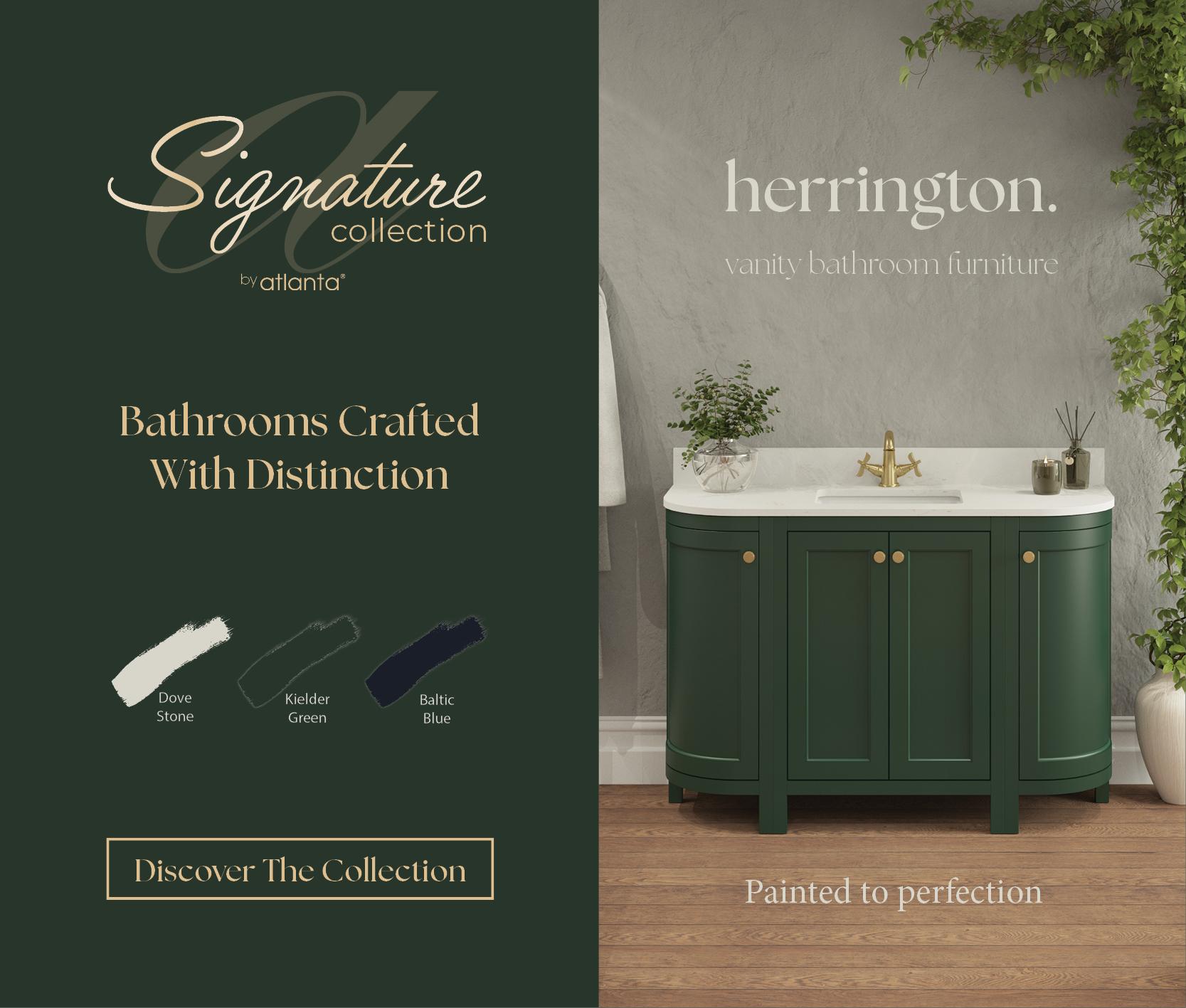Expert view: Instagram Stories – one bandwagon it's worth jumping onto
Wed 10th Nov 2021 by Katrina Bell

Expert view: Instagram Stories – one bandwagon it's worth jumping onto
Whether your posts are organic or paid-for advertising, Instagram Stories are a brand’s best bet on the social channel, writes Katrina Bell. This is one bandwagon it’s worth getting on board with if you want to develop your Instagram user-base strategy.
Debuting in 2016 as a riposte to rival SnapChat, Instagram Stories has become a juggernaut of social interaction on the platform. Staying up only 24 hours, Stories generally last 15 seconds, regardless of how long your video or picture reel runs. According to Instagram, over 500million Instagram accounts use Stories every day, with 4million businesses using Stories Ads every month.
In particular, Instagram’s own data is showing that video Stories are outperforming posts – compared to seven-second long static images, watch time is up, and still climbing. The tap forward rate is also much healthier for Stories as opposed to posts. That represents the percentage of your impressions that click to see the next photo or video in their Story rather than end their session or swipe right to move to another feed.
So why has this format become such a brand powerhouse? Well, it's down to a combination of several factors. Stories make use of the whole of the vertical 9:16 mobile screen, which provides a more immersive experience thanks to fewer on-screen distractions. While the horizontal 16:9 format has traditionally been predominant, this is a more natural way for users to hold their phones.
Additionally, since the growth of TiKTok, users are more acquainted with reading text above or below the centre of the screen, which opens up the space for your call to actions or buy now buttons. Using the real estate to convey a message in text is so much more natural in the vertical as we instinctively want to see what is above and below.
With that in mind, the 6 steps to truly effective storytelling need not be daunting:
1. For a time-starved business it might be useful to note that you can leverage existing Instagram content into new Stories to save time and repeat assets that have performed well for you in the past. The app helps this process by offering the optimal automatic template depending on the asset and your audience’s preference.
2. Share other people's stories – if you have a brand pal or creative customer, creating a Story about their work will further strengthen that relationship and show how you and your customers are always in partnership. Think of it as a retweet for content.
3. The all-important buy button – or Shoppable Stories – could take the form as an in-app purchase, or a truly frictionless shoppable experience such as the beautifully rendered Etsy Shop, which harnesses augmented reality for a seamless ecommerce experience over 12 rooms. Visit theetsyhouse.com for inspiration on how to move customers into shopping mode.
4. Instagram is actively encouraging business owners to use Interactive features such as hashtags, 'See More' links, contests, GIFs, mentions, locations, questions, countdowns and polls. It estimates 60% of business accounts now utilise these tools.
5. Be unique, be authentic – take inspiration and then go your own way – the exclusive, elusive feel to Stories will give the user a sense that this content is special to them. If it is a new product or range, this is the moment to highlight early bird offers or discount codes. The skippability of ads with just a swipe also means consumers needn’t feel overwhelmed with promotional content in their feed, which can have a negative impact. Don’t forget to make your Stories shareable as well – check under the hood in Settings/Privacy/Story.
6. Consistency of fonts, backgrounds and styles is key to overcome brand blindness. There are also a swathe of reasonably costed templates to help you style your Stories and Instagram offers its own ones too. Instagram has a dedicated section devoted to Stories (https://about.instagram.com/features/stories) and plenty of resources on its Instagram for Business feed (@Instagram_business).

Tags: insight, features, instagram, instagram stories, kitchens, bathrooms


























